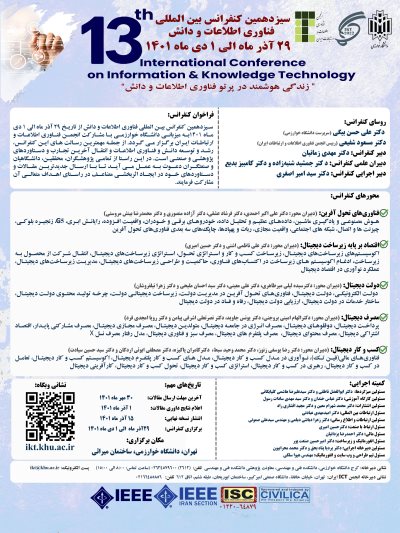0% Complete

نویسندگان :
کلمات کلیدی :
چکیده :
لیست مقالات بایگانی شده
Sara Sinan Salman al-Abedi - Keyvan Mohebbi
Maryam Karimi - Taghi Javdani Gandomani - Mahdi Mosleh
افسانه معدنی - شقایق نادری - حسین قرایی
Ayoub Parvizi - Dr Mohammad Kazemifard - Ziba Imani
ریحانه حسن رحیمی - فهیمه یزدان پناه
Negin Mashayekhi - Mohammad Reza Reshadinezhad - Shekoofeh Moghimi
سید عماد موسوی - مهرداد آشتیانی
الهام معین الدینی - دکتر منیره عبدوس - دکتر اسلام ناظمی
Alireza Akhavan safaei - Pegah Saboori - Reza Ramezani - Morteza Tavana
ُSaba Yadegari - Mohammad-Reza Keyvanpour





